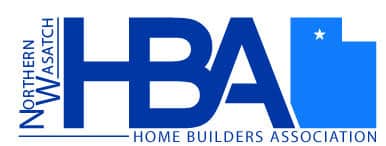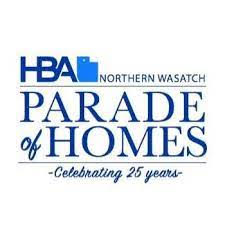Over 90% of Utah’s population lives in active earthquake zones. As such, it’s important to ensure that buildings meet federally mandated seismic building codes. While floor coatings aren’t seismic-rated, they do help to make your home stronger and safer.
Here’s what you need to know about why it’s so crucial for buildings in Utah to be seismic-rated and how floor coatings can make your home safer.
Utah’s Earthquake Risk
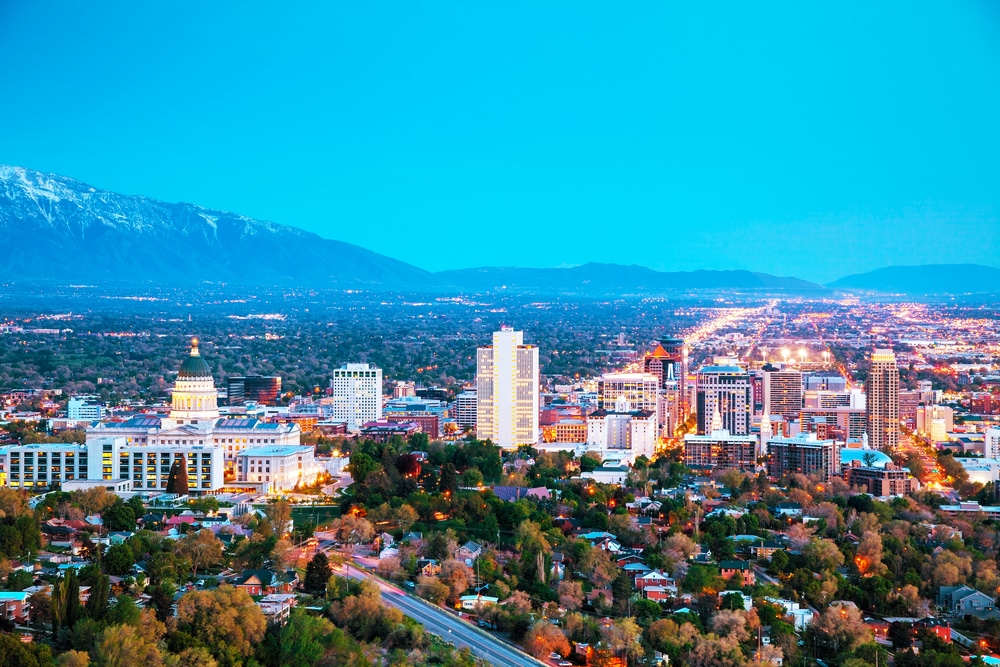
2.3 million people of Utah’s 2.9 million residents live in the Provo-Salt Lake City-Ogden area. This is adjacent to the Wasatch Fault, which is one of the longest, most active fault lines in the world. The earthquake threat is worsened by the fact that homes are built on the lakebed of the old Lake Bonneville, which can lead to liquefaction and surface failure.
Approximately 1500 earthquakes occur in Utah every year, with about 500 in the Wasatch Front region. Most earthquakes aren’t felt. Most people in Utah don’t even realize that there’s an earthquake every day in this state. Only about 13 earthquakes have a magnitude of 3.0 or larger along the Wasatch Fault Zone (WFZ).
Due to the relative absence of moderate to large earthquakes, most Utahns dismiss the earthquake threat. But have you heard of “The Big One”?
What Is “The Big One”?
The WFZ has had big earthquakes every 1300 – 1500 years for the past 6000 years. It has been about 1400 years since the last “big one”, which means that Utah is due for another big earthquake of a 7.0 or higher magnitude within the next 50 or so years. To put this in perspective, the Richter scale, which measures the severity of earthquakes, ranges from 0 to 9. People typically only feel earthquakes rated 3.0 or higher.
The Wasatch Fault presents a significant hazard to Utah residents, due to the fact that most of the state’s residents live along it. Experts predict that when “The Big One” hits, it will be one of the deadliest natural disasters in the nation’s history.
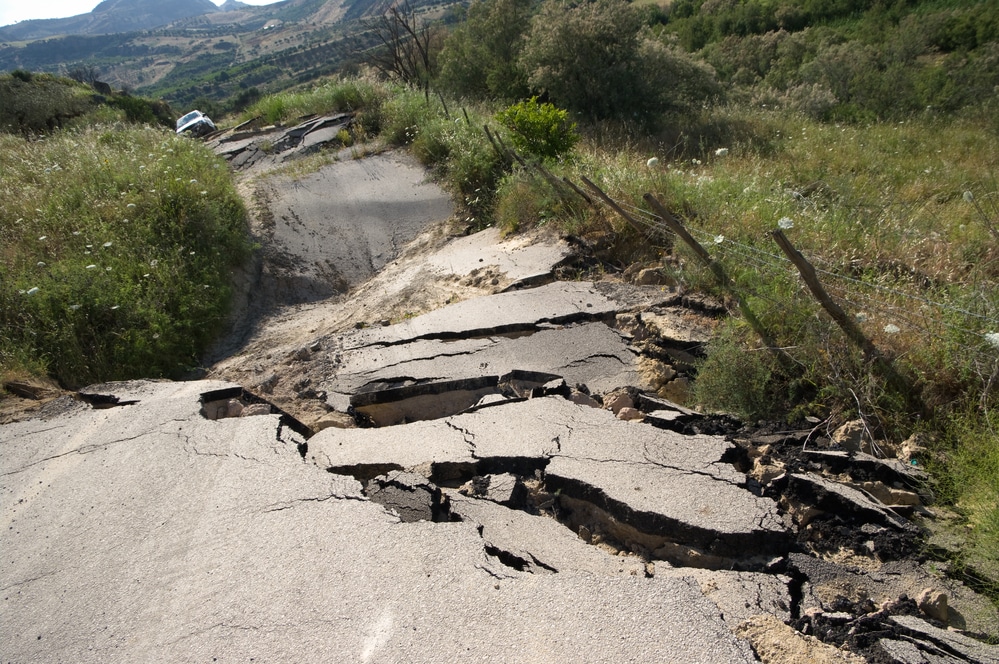
What A 7.0 Or Higher Earthquake Means For Utah Residents
In order to understand what “The Big One” means, it helps to understand the effects you notice based on the Ritcher scale.
- 1-3 Magnitude. Likely not felt.
- 3-4 Magnitude. Felt by people indoors and a few outdoors. It is similar to a passing truck. There are possible rock falls near the epicenter.
- 4-5 Magnitude. Felt both indoors and outdoors. Small objects are moved and unstable objects are overturned. Liquefaction and landslides are possible near the epicenter. Rock falls are likely.
- 5 Magnitude. Felt by everyone. It is difficult to walk. Heavy furniture moves.
- 5-6 Magnitude. It is difficult to stand. Some structures and pipes break in liquified areas. There are waves in bodies of water. It’s likely for there to be liquefaction and landslides.
- 6-7 Magnitude. It’s difficult to drive. Buildings start to collapse. Depending on their construction, damage can be moderate to major. Water can change flow rate. It’s possible for the ground surface to rupture.
- 7 Magnitude. Total collapse of buildings. There is major damage and extensive deaths.
- 7-8 Magnitude. Well-built buildings are destroyed. There are widespread landslides and rock falls. It’s likely that the surface ruptures.
- 8-9 Magnitude. Near complete damage. Few, if any, structures remain. Objects get thrown into the air.
You see why the earthquake that Utah is due for is called “The Big One”. In order to ensure optimal safety, buildings must be built to seismic codes, to minimize the impact of shaking or the potential for collapse.
How Can A Floor Coating Make Your Home Safer?
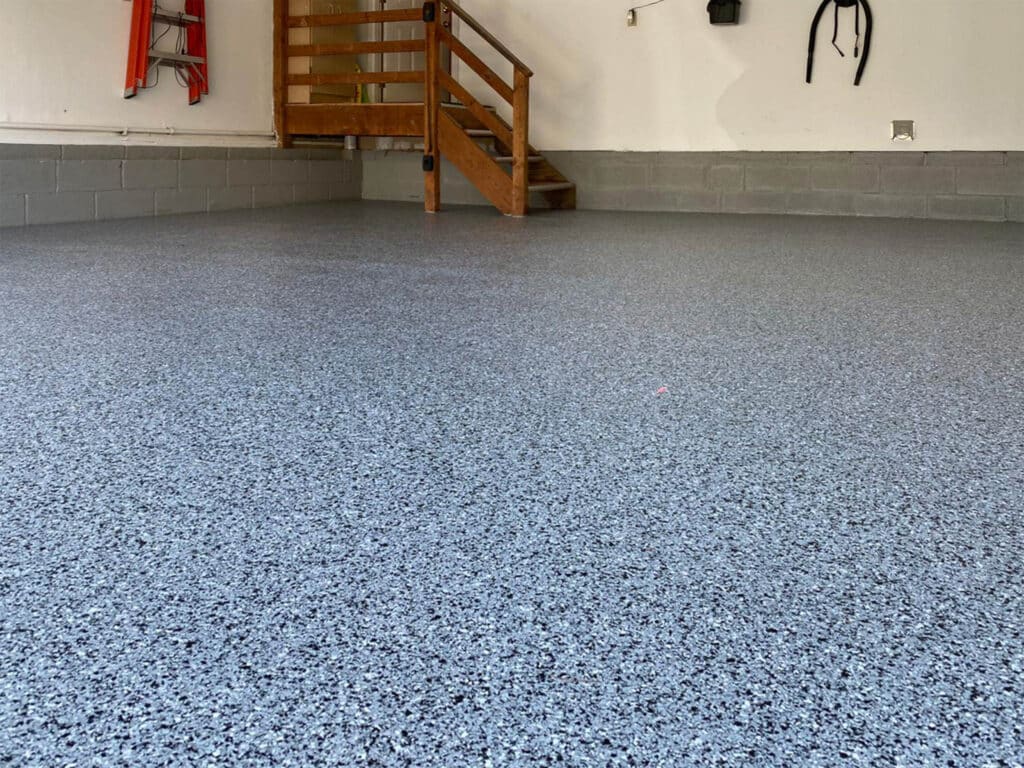
The typical safety advice for an earthquake is to drop to the ground, take cover, and hold on until the shaking stops. Once the shaking stops, then you can move.
A floor coating can help to reduce the risk of injury in smaller earthquakes when they have a grit-additive. This is because the grit-additive makes them less slippery, providing more traction. This helps to prevent slip and fall injuries. When you are trying to leave your home to get to a designated meeting place, it’s important to ensure that you can do this as safely as possible.
Depending on the type of floor coating that you have, it could reduce the risk of cracking (this also depends on the magnitude of the earthquake). More flexible floor coatings, like polyaspartic, can move with your concrete as it expands and contracts and are engineered to withstand traffic from impact and heavy loads. Floor coatings reinforce your concrete and minimize the risk of damage.
It is important to ensure that your home is as safe as possible. A floor coating improves the safety of your home by making your floors safer to walk on and by reducing the risk of concrete damage.
So, in short: floor coatings aren’t earthquake-proof. Nothing is! However, they can improve the safety of your home, which is a win regardless of where you live.
Do You Want To Make Your Home Safer?
Solid Custom Floor Coatings Utah provides professional floor coating services throughout the Ogden area. We can customize your floor coatings to your needs, such as by adding a grit-additive for traction and additional safety. To learn more about our floor coating services or for your free quote, please don’t hesitate to contact us today!




